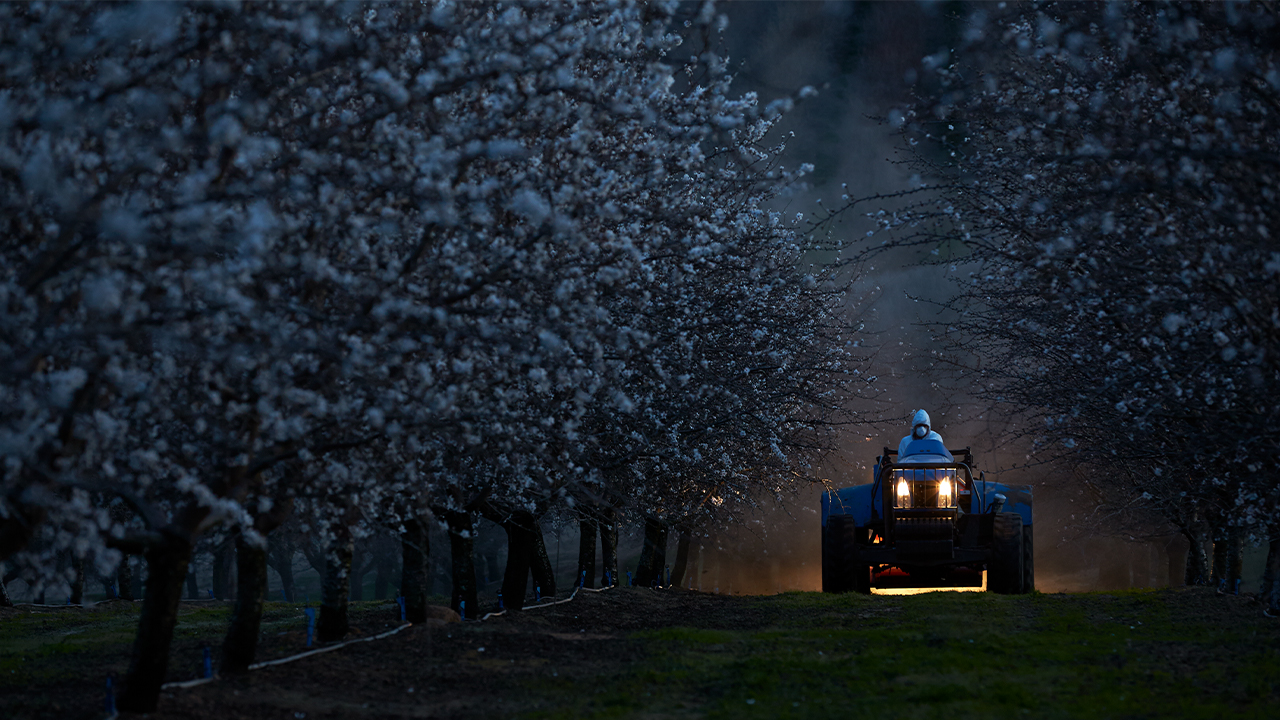The Almond Board of California (ABC) is seeking applications from biopesticide developers to assess their efficacy for key pests in almonds. One of the major hurdles to wider adoption of biopesticides is the lack of trusted efficacy and/or data on how best to apply the products in conjunction with other pest management practices. ABC will fund contract research organizations to conduct efficacy trials with grower cooperators, followed by subsequent work with UC Cooperative Extension. If you have products that are relevant to the pests below, meet the following criteria, and are interested in having third-party trials, contact ABC’s Senior Specialist of Pest Management Lauren Fann.
Criteria:
- Initial preference is for products with EPA and/or DPR registration but will also consider products for which a registration package has been submitted to EPA
- Summaries of efficacy or protocols for application from the trials will become publicly available via ABC’s website and/or outreach efforts
- Be willing to share information with ABC as to the mode of action of the product, as well as any previous field trials, rates and timings so the trials can refine protocols relevant to the mode of action of the product (i.e. whether it needs to be applied prophylactically, needs time to engender a plant response, timing relevant to stages of pest development, etc.)
- Be willing to provide product for testing
Priority pests:
-
Bloom diseases
-
Brown rot (Monilinia laxa)
-
Jacket rot (Botrytis cinerea, Monilinia laxa, Sclerotinia sclerotiorum
-
Anthracnose (Colletotrichum gloeosporioides)
-
Shot hole (Wilsonomyces carpophilus)
-
Scab (Fusicladium carpophilum)
-
-
Other diseases
-
Rust (Tranzschelia discolor)
-
Alternaria leaf spot (A. alternata, A. arborescens, A. tenuissima)
-
Hull rot (Rhizopus stolonifera, Monilinia spp., Aspergillus spp.)
-
Bacterial spot (Xanthomonas arboricola)
-
Phytophthora
-
Fungal and Bacterial Cankers (Botryosphaeria, Pseudomonas syringae, Agrobacterium tumefaciens, Ganoderma, etc.)
-
-
Navel orangeworm
-
Stink bugs (Green, Red-shouldered, Uhler’s, BMSB)
-
Leaffooted bug
-
Weeds
-
Nematodes (rootknot, ring, lesion)

